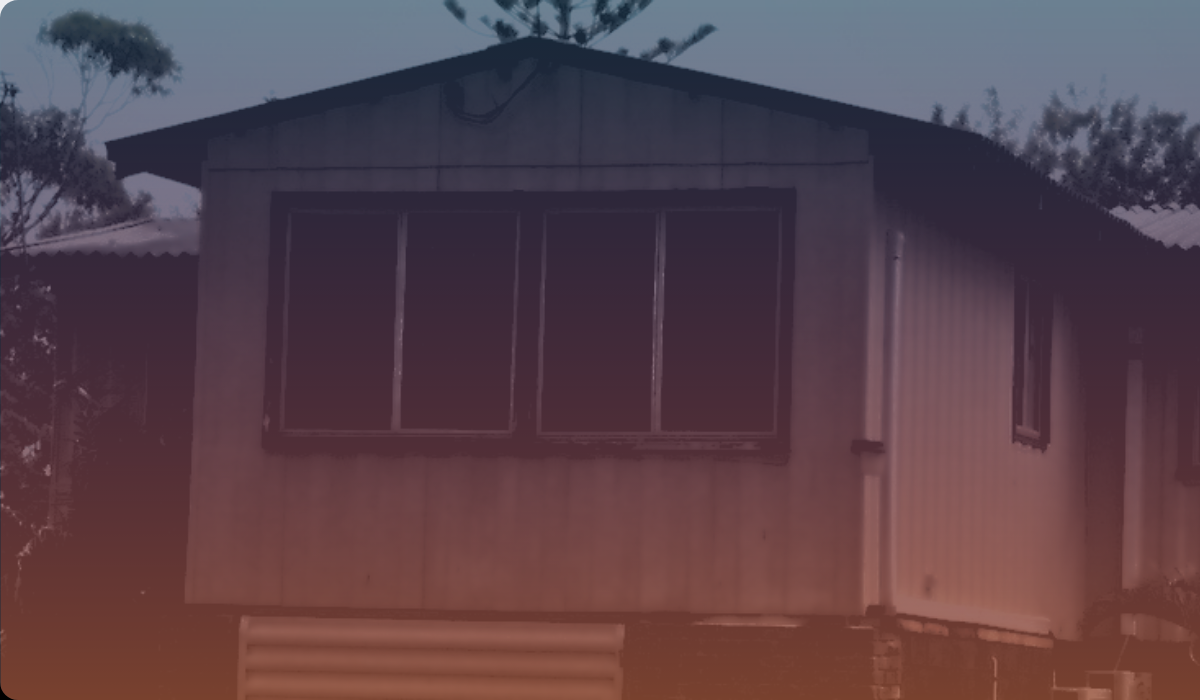Work health and safety (WHS) laws prohibit work involving asbestos except in specific circumstances where strict safety rules must be followed. If you manage or control a workplace (including as a commercial property owner) the WHS laws contain a range of duties to protect the health and safety of workers and others at the workplace.
What rules apply to asbestos in workplaces?
Work health and safety (WHS) laws have specific requirements to prevent asbestos exposure in all workplaces, which includes residential premises that become a workplace when a tradesperson or contractor is working there.
WHS laws dealing with asbestos are broadly similar around Australia but there are some important differences which makes it necessary to check the laws in your state or territory. You can find details of the laws on the Safe Work Australia website.
Under WHS laws, employers or persons conducting a business or undertaking (PCBUs) must ensure that the risk of exposure to airborne asbestos is eliminated or minimised so far as is reasonably practicable and that the exposure standard for asbestos (airborne fibre levels) is not exceeded at the workplace. They must also provide appropriate training for workers who may come into contact with asbestos.
A person with management or control of the workplace must ensure, so far as is reasonably practicable, that all asbestos at the workplace is identified by a competent person and that the location and condition of asbestos is recorded in an asbestos register.
The asbestos register must be easily accessible to workers (including maintenance contractors), health and safety representatives and other PCBUs.
If asbestos is likely to be disturbed as part of demolition or refurbishment, then it must be safely removed so far as is reasonably practicable before the work starts.
In most circumstances, WHS laws require that the removal of asbestos from workplaces is carried out by a licensed asbestos removalist.
How to check for asbestos
Tradespersons, contractors and other workers should always check if asbestos is present before starting a job in a workplace by either:
- asking to see the asbestos register, or
- asking an asbestos professional for advice and having a sample tested, or
- assuming the material contains asbestos and taking the necessary precautions.
Although a residential property can also become a workplace, homeowners are not required to keep an asbestos register and owners (or tenants) may not know that their home could contain asbestos. A business carrying out demolition or renovation at a residential property must ensure that all asbestos likely to be disturbed by these activities is identified and safely removed before the work starts. This is not the responsibility of the homeowner.
Additional guidance
Information on engaging a competent person to conduct an asbestos survey for the purpose of preparing an asbestos register and asbestos management plan is available in the National Guide for Asbestos Surveys.
The Asbestos Product Guide has information on the wide range of asbestos materials that were used in Australia and where they can be found.
If you’re a worker in a workplace that contains asbestos and think it is causing harm you should tell your employer or health and safety representative and if that fails to resolve your concern you should contact the work health and safety regulator in your state or territory.
If you think your work has disturbed asbestos, stop what you are doing and let your employer or health and safety representative know.
Find out specific information on our Practical guidance for trades and construction workers.


